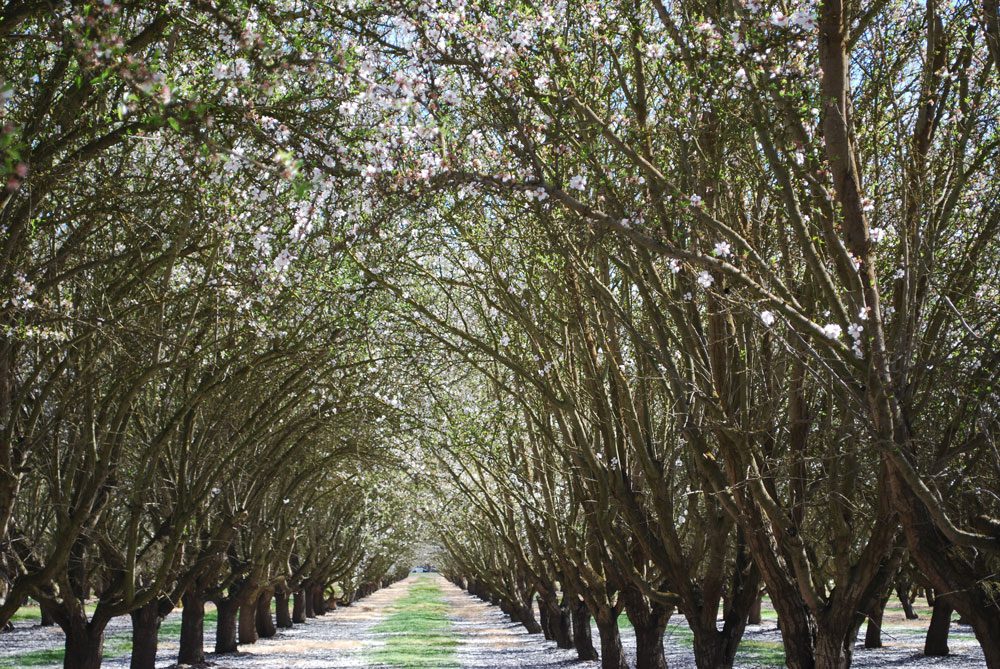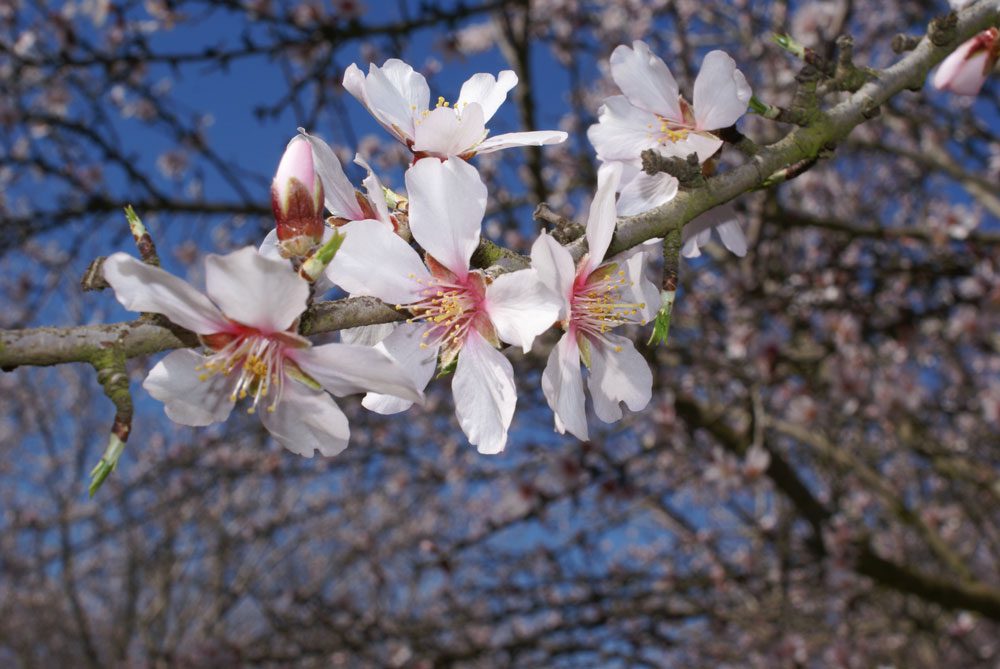
Looking back over the last couple years of articles, I seem to talk a lot about matches. I always try to get my growers that I consult for to match the amount of a specific nutrient to a calculated level of the other nutrients they are applying in a season. I make every attempt to get them to match the nutrients they are applying to the nutrient demand curves of their specific crop.
Why apply a nutrient if the trees aren’t taking it up at that time? I even try to get them to match their irrigation schedule to nutrient applications to keep that liquid gold in the root zone as long as possible (often at the detriment to their sleep and livelihood!) We even try to match each application to the amount of a nutrient that a crop can take up in the time that irrigation set hydrates the root zone. If more water gets applied before a heavy fertigation can be absorbed, we often lose nutrients.
So, let’s dissect an actual match.
Making Matches
I’m always harping on the power of P. Phosphate is the P in ATP, adenosine tri-phosphate. That’s the energy plants and animals make to produce energy. A matchstick is coated with red phosphorus. When friction heats up the matchhead coated with red phosphorus, it reacts with an oxidizing agent, potassium chlorate, sulfur and more oxygen to burn and release that energy. It changes to white phosphorus and it burns, baby, burns!
But it would be burnt out before we could light anything if the system weren’t complete. The stick (wood) is the carbon source that maintains the fuel for that burn. Now, let’s match that to our trees. If you look at a nutrient demand curve for almonds, they start at their highest point in tissue levels in the spring and taper down. That tells us we need the majority of our N and P early in the season. The nutrient demand curves for pistachios, and to some extent, walnuts, favor nut fill for their N demand. However, all trees seem to need a big slug of either applied and assimilated or stored P early to generate bloom. The P gets things moving and the carbohydrates and oils (carbon sources) take over the steady burn of energy.

The problem we run into with P is its reactivity with calcium. We tend to try to amend soil with lots of calcium in the fall and notice our berms are still white in the spring. That doesn’t bode well for getting phosphorus past the calcium, unreacted, and into our roots. And if it was a warm or sunny winter, higher ground temps won’t allow the roots to shut down properly and rest. That’s part of the need for chill. Imagine a root ball (for ease of understanding, the size of a baseball.) If the roots don’t shut down and forage all winter and that same root ball is the size of a softball, that’s a big difference. A 10% increase in the radius of that root ball would be a 30% increase in the volume of the root ball. That new size of root ball is bigger and hungrier, and it just used up any available P in its immediate vicinity over winter. Now you’re trying to add more P to the system when it’s cold and wet and having to fight through a layer of reactionary calcium.
Take it another step. Try doing it adding a poly- form of Phosphorus that won’t be the plant-available ortho- form for another 50 days! You just missed a critical time to match P demand as it was tied up. Let’s take that a step further. In 50 days when that poly-P may now be plant-ready, calcium demand is steadily climbing, and you just tied that up with the P a plant didn’t use and isn’t looking to use as much anymore. Vicious cycle. Nothing matches.
Give Trees Their Energy
Now, match it all up. Typically, phosphorus usage is about 10% to 15% of nitrogen usage. In my humble opinion, we have to use too much N because we apply it in typically long irrigation sets and it passes the roots before it all can be absorbed. And if a tree can only absorb 10 units of N in a week, why would we ever apply more than 15 units (assuming about 70% nitrogen use efficiency) in any irrigation set? And if the demand is high, early in the season for almonds, we can probably get enough applied by the end of May. By my math, 12 units a week for 12 weeks would be less than 150 units.
Let’s say we try to apply 15% of the N value in our phosphorus applications. That would be 22 units of P. I love to get a good chunk of that immediately after harvest in the ground and as a foliar as the nutrients and carbohydrates are heading for the roots. Since this is February and we may not have applied enough postharvest, or the sun was shining a lot on our blocks (using it up), I start early and often. I hit the roots with several small shots of an ortho- form of P. Trees need energy for bloom. Give it to them in the proper form and amount. In my experience, we have found that when the other nutrients are balanced and timed properly, nitrogen use efficiency becomes more ‘efficient’. And nitrogen just got very expensive. I often say it’s not what we put on our crops, but what we get into our crops that matters. Make it count. Especially this year with massive nutrient expense increases, we have to be more diligent.
Nothing is ever easy and rarely similar in farming. With the new challenges we are facing with input expenses, we need to be more focused on proper nutrient applications. Balancing nutrition to demand and making our nitrogen inputs more efficient can save us a dramatic amount of money. Don’t go about this blindly. Make sure you are matching your inputs to tissue samples. You may have to take more samples this year to ensure adequate levels for optimal yield; however, that extra effort may just be the spark you need to match your expectations for profitability.










